Olympic swimmers have long faced a peculiar dilemma – how to protect their precious jewelry from the corrosive effects of chlorine while competing in pool events. The solution has emerged through groundbreaking chemical engineering: specialized anti-chlorine coatings that shield metallic accessories during prolonged water exposure.
Chlorinated water poses a serious threat to fine jewelry, particularly pieces containing silver, copper, or certain gold alloys. The disinfectant triggers oxidation processes that can permanently damage metal surfaces within hours of exposure. For athletes who wear sentimental or religious jewelry during competitions, this created an impossible choice between personal expression and protecting valuable items.
The breakthrough came from materials scientists working with Olympic teams, who developed ultra-thin protective layers that bond molecularly with metal surfaces. These nano-coatings create an imperceptible barrier that prevents chlorine molecules from interacting with the jewelry's base material while maintaining the piece's original appearance and texture.
Swimmers participating in recent games have reported remarkable results. "My grandmother's pendant survived two weeks of training and competition without any discoloration," noted one competitor from the Australian team. "Previously, just one practice session would leave it looking cloudy and scratched."
Manufacturing these coatings requires precision chemistry. The liquid solution contains specially formulated silicon compounds that form covalent bonds with metal atoms when applied. After curing under controlled temperatures, the resulting protective film measures just 2-3 microns thick – about 1/30th the width of a human hair – yet provides complete chlorine resistance for up to six months of regular pool use.
Jewelers working with Olympic athletes have adapted the technology for various jewelry types. Rings present particular challenges due to constant friction against pool walls and equipment, requiring slightly thicker applications. Necklaces and bracelets benefit from more flexible formulations that withstand twisting motions without cracking the protective layer.
The innovation has sparked interest beyond competitive swimming. Recreational swimmers, pool maintenance staff, and even marine biologists are exploring applications for the technology. Some luxury watchmakers have begun offering optional chlorine-resistant treatments for sports models frequently exposed to water.
As research continues, scientists are working to extend the coating's durability and develop environmentally friendly application methods. Current versions require professional application in controlled environments, but consumer-grade kits for home use are expected within two years. For Olympic athletes whose jewelry carries deep personal significance, this represents more than chemical innovation – it preserves meaningful connections during their most important moments in the water.

By /Jul 15, 2025

By /Jul 15, 2025

By /Jul 15, 2025

By /Jul 15, 2025
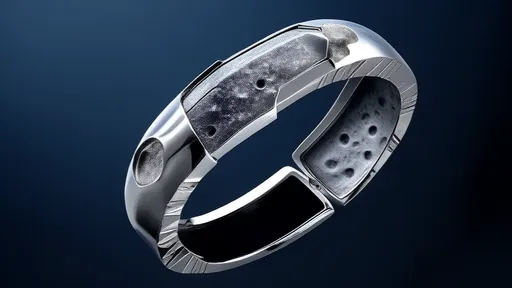
By /Jul 15, 2025

By /Jul 15, 2025
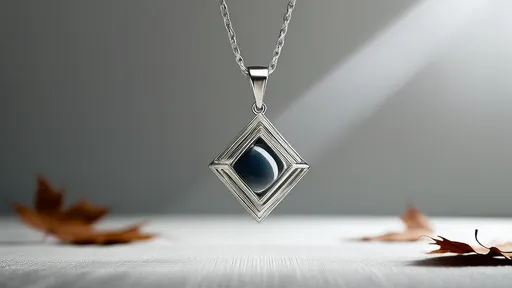
By /Jul 15, 2025

By /Jul 15, 2025
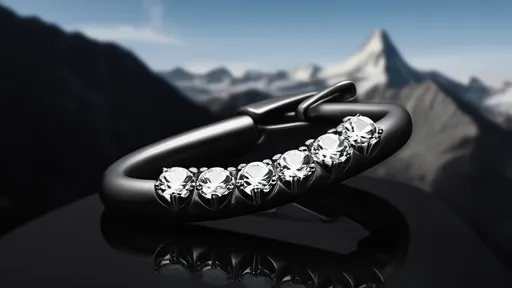
By /Jul 15, 2025
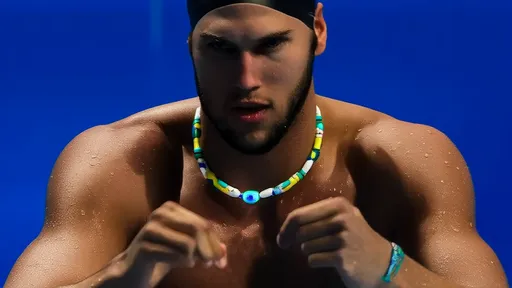
By /Jul 15, 2025

By /Jul 15, 2025
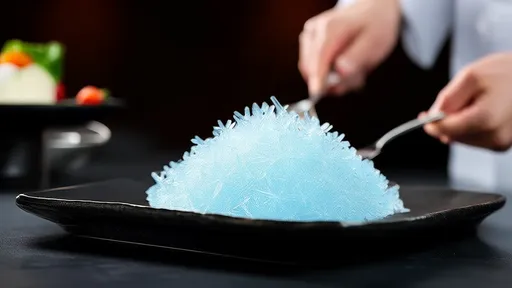
By /Jul 15, 2025
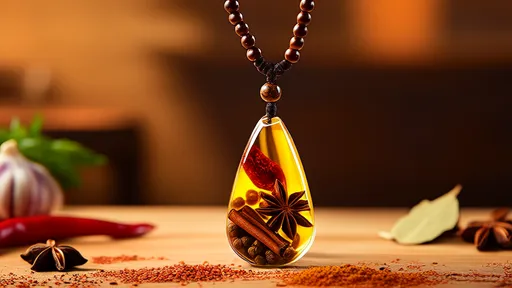
By /Jul 15, 2025

By /Jul 15, 2025

By /Jul 15, 2025

By /Jul 15, 2025

By /Jul 15, 2025

By /Jul 15, 2025